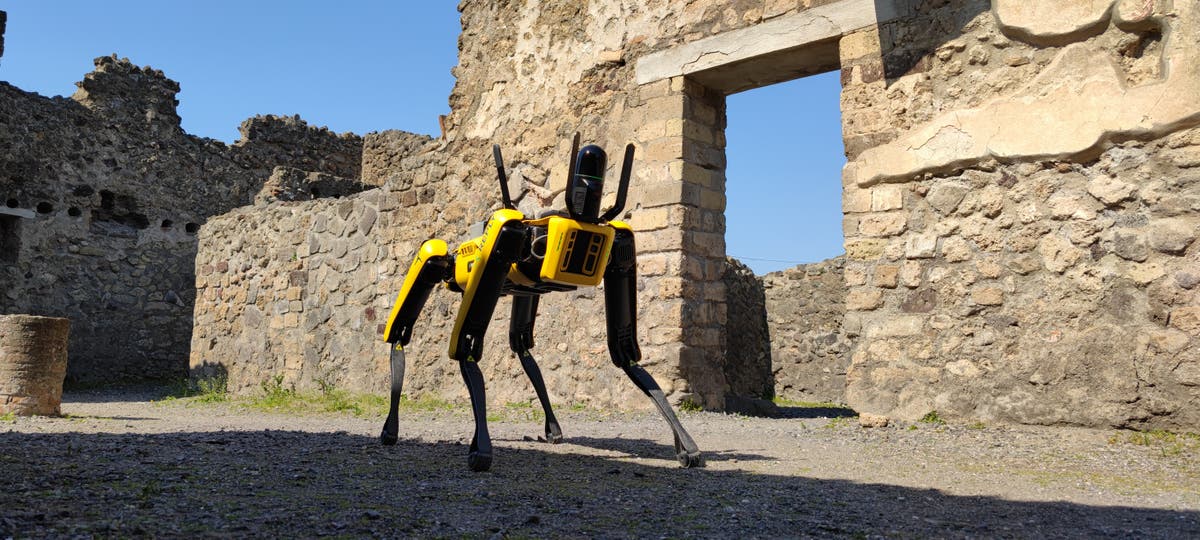What Garmin's 'Recovery Time' Estimate Actually Means
Is it really going to take me 38 hours to recover from this workout?

We may earn a commission from links on this page.

Credit: Beth Skwarecki
As I sit here typing, my Garmin watch tells me that I have 21 hours until I’ve fully recovered from the workout I did earlier today. It wasn’t even a hard workout, but I’ve come to expect long recovery estimates from Garmin—and I won't let this number stop me from going on an easy run in the morning. The recovery time doesn’t mean what you might think it mean.
What is the recovery time feature, and where can you see it?
Most Garmin sport watches calculate a recovery time after each workout. You’ll see this number in the end-of-workout summary that you get right after you finish. It’s also available from the Training Status glance if you have that, or the Training Readiness tile in the Garmin Connect app if you have that. On my Forerunner 265S, I can even set it as one of the little complications on my main watch face.
Garmin defines recovery time as “an estimate on how long it will take for you to fully recover and be ready for your next workout of the same intensity.” Note that phrase, fully recover. No athlete is fully recovered at the start of every training session; sometimes you carry a little fatigue from one session to the next. This number is just giving you a sense of how long you’ll be feeling the effects of this workout.
The recovery time feature is available on most Enduro, Epix, Fenix, Forerunner, Instinct, Venu, and Vivoactive watches, among others (Garmin has a full list here).
Do you have to wait until the recovery time hits zero before working out again?
No! This is probably the biggest misconception about the feature (and it explains why the recovery times can be so long—up to four days). The idea isn’t that you have to rot in bed until the timer is up. It’s just that, between now and when the timer hits zero, you’ll be operating with at least a little more fatigue than usual.
You can read Garmin’s explanation here. They say: “When your timer hits zero, it means you are ready to gain the maximum benefit from your next hard fitness-improving (i.e., training effect: 3.0+) type workout.”
So if I get a 38-hour recovery time after a hard workout, that’s just a signal that I won’t be in tip-top shape tomorrow. If I were planning the hardest workout of my week for tomorrow, I might want to consider delaying that workout so I can do it later on fresh legs. But if I’m planning on going for a recovery run instead, there’s no need to change my plans.
Should you ignore Garmin’s recovery time?
I mean, there’s an argument for ignoring any metric a watch gives you, at least some of the time. You don’t need to let Garmin’s recovery time run your life. If you still want to get your workout in, and you feel up to it, feel free to ignore the recovery numbers.
That said, I do find the recovery time useful as a gut check. If I get a long recovery time, that’s a reminder that I did actually work pretty hard, and I should make sure my efforts are balanced over time with easy and hard days. Any good training program will keep that in mind, anyway—with or without a watch putting a number on it.
Why does my recovery time keep changing?
Garmin is constantly updating its estimate of how far away you are from full recovery. If you do another workout before the timer hits zero, the number will go up again because you’ve given yourself more work to recover from.
On the flip side, if you got a good night’s sleep, you may find that the number shrank more than expected during the night. Again, you don’t want to read too much into this number; it’s just an estimate, after all. But it’s a good sign if you find you’re recovering quickly from your hard workouts.

 Fransebas
Fransebas 



































